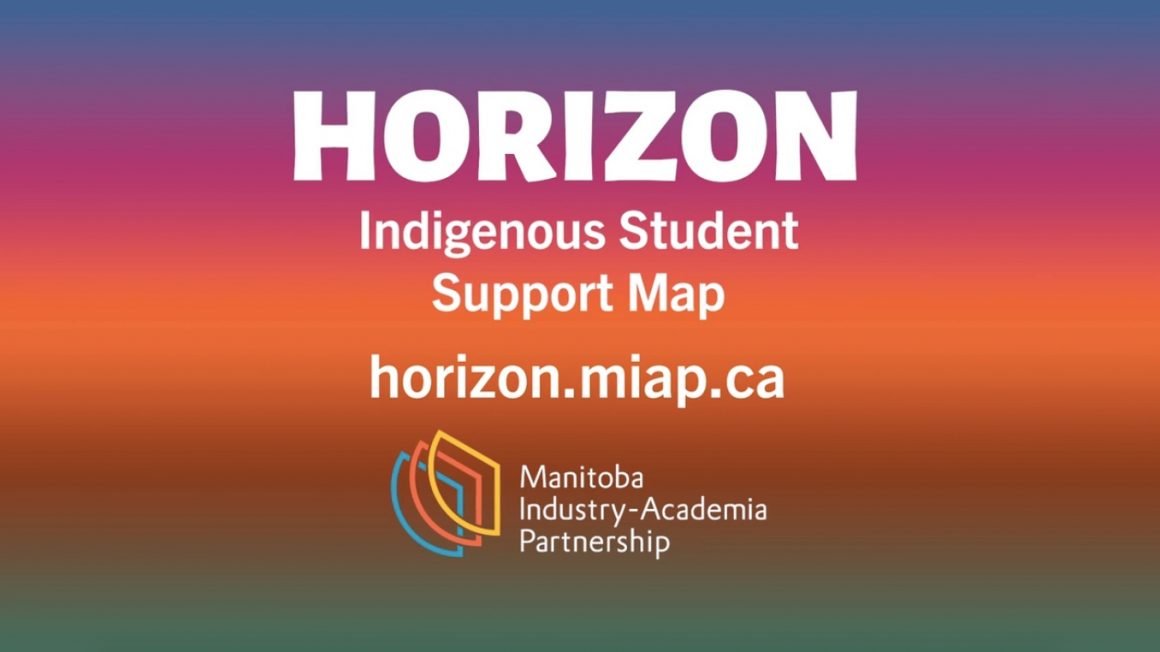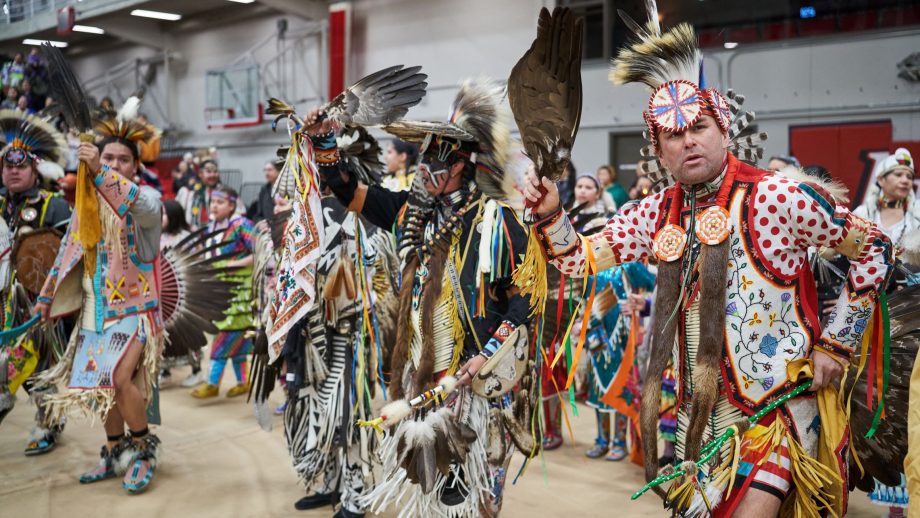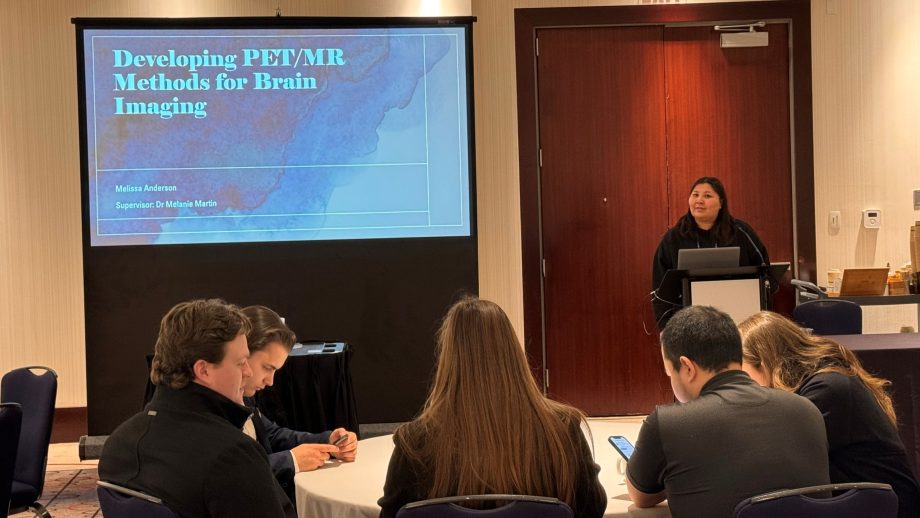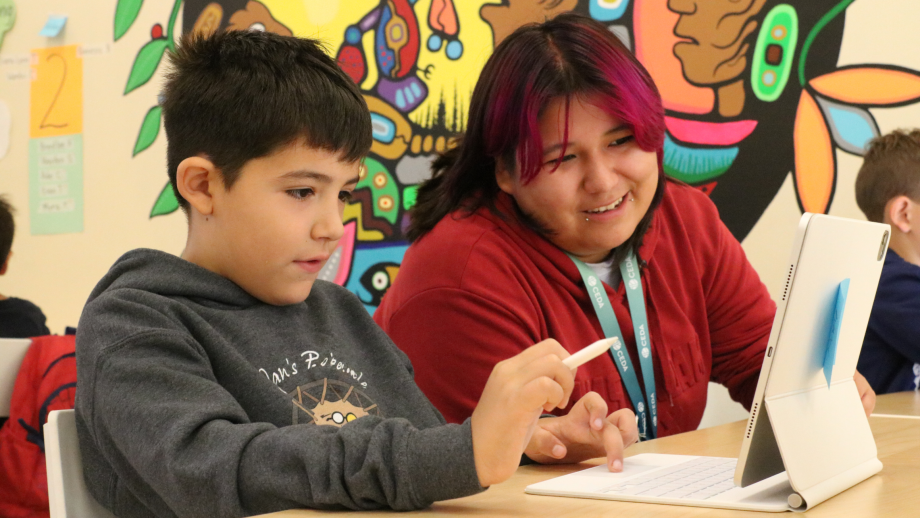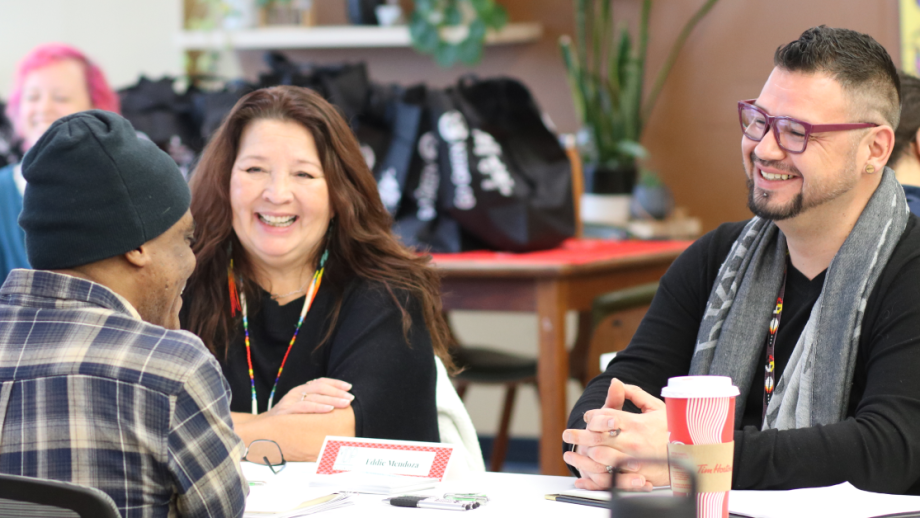A new digital resource for Indigenous post-secondary students launched last month promises to simplify the process for students seeking support and create a centralized hub housing resources for those navigating post-secondary education.
The Horizon Ecosystem Map, developed by the Manitoba Industry-Academia Partnership (MI-AP), aims to “address the disparity between Indigenous and non-Indigenous students’ access to supports and services” through an interconnected and easily navigable web of resources on its interactive website.
As a member of the MI-AP steering committee, The University of Winnipeg’s Vice President, Research and Innovation, Dr. Jino Distasio, said one of the organization’s longstanding goals has been providing the supports and mechanisms for students to be engaged with their education and develop skills in new areas. By doing so, it creates access to post-university opportunities in industry and beyond.
We hope that Horizon will play a part in truly achieving substantive equality for Indigenous students in the Manitoba academic, industrial, and economic landscape.
Denise Tardiff
“We want to bring the right sets of resources to the attention of students to really be able to create that pathway towards education,” said Distasio. “But we also know, too, that the pathway from education into industry is more complicated than it has ever been. We’ve had to redefine the classroom, redefine the office, and in some ways we’ve done so in an ad hoc manner. There was really no playbook.”
Users who visit the Horizon website are invited to browse resources through several primary tabs, through which they are guided to more support-specific hubs. For instance, supports for students include academic, financial, housing, transportation, health, and community resources, each individual hub providing quick links to available supports. MI-AP calls this a “radical simplification” of a once-complex process.
The supports UWinnipeg offers students, each of which are available to access through Horizon, include the Aboriginal Student Services Centre (ASSC), Indigenous Summer Scholars Program (ISSP), Career Services, and Wii Chiiwaakanak Learning Centre, among many others. A full list of UWinnipeg resources can be accessed by searching for The University of Winnipeg in Horizon’s resource search.
Distasio acknowledged the importance of making the resource available at this time, as in-person teaching begins again. Students are now emerging from two years of remote learning, during which time access to supports and resources were unexpectedly limited.
Predicated on Reconciliation
Denise Tardiff, manager at Manitoba Collaborative Indigenous Education Blueprint (MCIEB) and key contributor to the Horizon Ecosystem Map’s creation, said the resource is “predicated on a strong foundation of Reconciliation.”
“We hope that Horizon will play a part in truly achieving substantive equality for Indigenous students in the Manitoba academic, industrial, and economic landscape,” she said, “and that those who use this resource – our students, the career developers that assist our students – will find it to be an invaluable tool for the Indigenous community.”
While created primarily with Indigenous students in mind, MI-AP noted Horizon removes a barrier for non-Indigenous students’ access to services, particularly valuable for students from remote communities where poor internet connectivity has limited their ability to become proficient at navigating large institutional processes that rely heavily on online communication.
“We need to really work as hard as we can to make students and others aware that there are resources and supports that are part of that educational pathway,” Distasio said.

